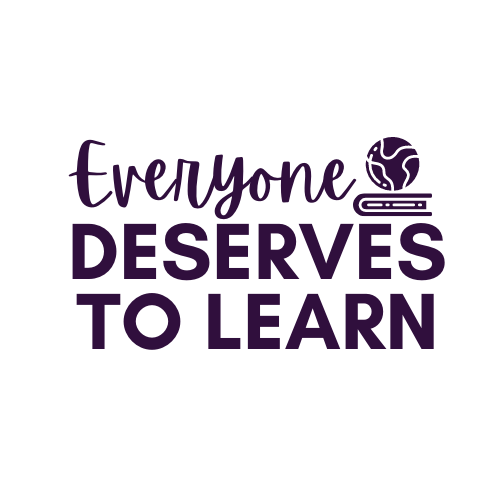Depth of Knowledge
You may have heard about the Depth of Knowledge (DOK) in conjunction with Bloom’s, but have you really looked at them? Below, we’ll learn how we can use them to inform our teaching and assessing. We’ll start by building background- examine the image below, and begin to understand how common TV shows reflect the four depths.
In Jeopardy, contestants answer questions- they are right or wrong. Bob Ross explains how to paint. For Iron Chef, contestants must interpret an expectation, create a dish, and then explain how their interpretations meet the expectation. In Shark Tank, contestants have designed a solution, and must defend their solutions, while enticing Sharks to invest.
Now that we’ve built background, let’s get into it. How do these depths apply to our teaching and assessing of standards in NJ? First, we must understand that the standards themselves are written at various DOK levels- see below.
DOK 1- Answer correctly:
Create equations in two or more variables to represent relationships between quantities, graph equations on coordinate axes with labels and scales.
Use addition and subtraction within 100 to solve one- and two-step word problems involving situations of adding to, taking from, putting together, taking apart, and comparing, with unknowns in all positions, e.g., by using drawings and equations with a symbol for the unknown number to represent the problem.
DOK 2- Examine and explain:
Determine how different factors influence personal fitness and other healthy lifestyle choices (e.g., heredity, physical activity, nutrition, sleep, technology).
Explain how geography and the availability of natural resources led to both the development of classical civilizations and to their decline.
DOK 3- Investigate and reason:
Refer to details and examples in a text and make relevant connections when explaining what the text says explicitly and when drawing inferences from the text.
Make observations to construct an evidence-based account that young plants and animals are like, but not exactly like, their parents.
DOK 4- Design and share:
Construct an argument for the significant and enduring role of historical symbols, monuments, and holidays and how they affect the American identity.
Use variables to represent two quantities in a real-world problem that change in relationship to one another
If you are working towards standards-based teaching, it's important to recognize the differences in expectations of each standard. Some ask for content only, some ask for skill and content, some ask for skill only. Understanding what the standard is asking for can help you unpack and guide the design of instruction and assessment.
Let's practice one together: this standard below is written at a DOK level 2.
Standard: Use observations to describe patterns of what plants and animals (including humans) need to survive. Which of the following assessment questions meets this standard?
A. What do plants need to survive?
B. Plants in dry climates receive a different amount of water as plants in humid climates. How can plants survive in both climates?
C. A plant from a humid climate is transported to a dry climate. What might happen to the plant?
D. Recently, an area with a typically humid climate went through a year-long drought. Make a prediction about how might that affect the survival and reproduction of animals in the climate.
The answer is B. The standard asks students to describe what plants and animals need to survive.
DOK 1- Answer Correctly: What do plants need to survive?
DOK 2- Examine and Explain: Plants in dry climates receive a different amount of water as plants in humid climates. How can plants survive in both climates?
DOK 3- Investigate and Reason: A plant from a humid climate is transported to a dry climate. What might happen to the plant?
DOK 4- Design and Share: Recently, an area with a typically humid climate went through a year-long drought. Make a prediction about how might that affect the survival and reproduction of animals in the climate.
You can see, just from the example above, that the standard is asking for content AND skill, not just content. It's our job as educators to unpack the standards so that we are assessing at the DOK that the state is asking for. For more detailed information, see https://maverikeducation.com/blog/f/what-is-depth-of-knowledge.

